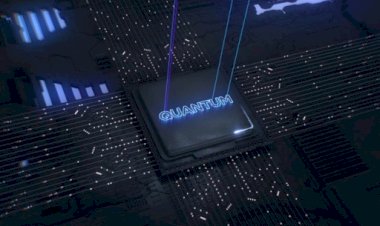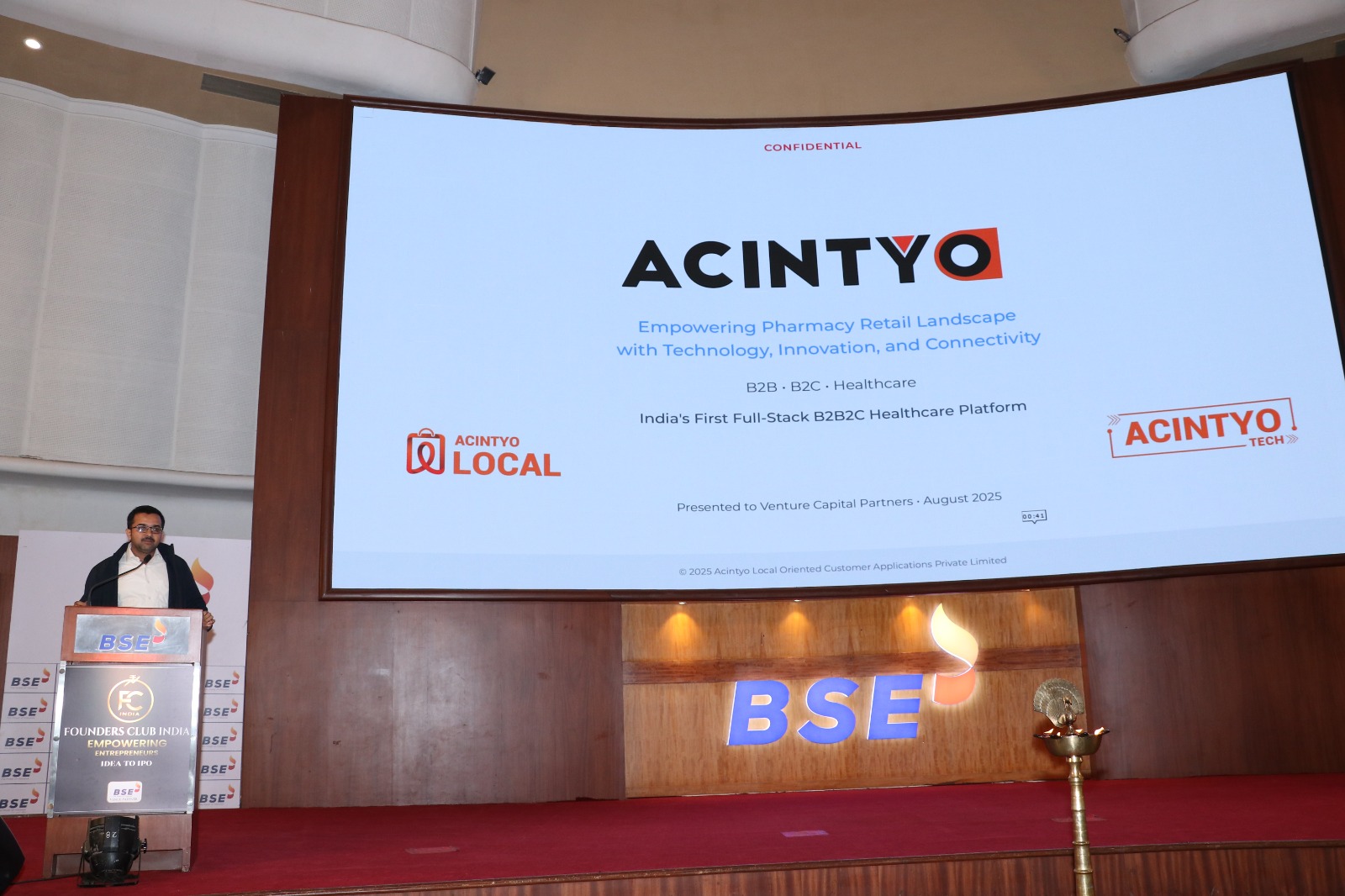Rise of AI-Driven Cybersecurity in the IT Sector: Trends and Implications for 2024
AI-driven cybersecurity is transforming the IT sector, providing enhanced threat detection, rapid response capabilities, and proactive defence mechanisms. Key trends include increased automation, advanced threat intelligence, integration with IoT security, adaptive learning systems, and regulatory implications. These advancements promise to mitigate risks more effectively, but also pose challenges such as privacy concerns and the need for skilled personnel. As AI continues to evolve, it will play a crucial role in shaping the future of cybersecurity.

Enhanced Threat Detection and Response - AI-driven systems excel in identifying and responding to cyber threats with unprecedented speed and accuracy. By analysing vast amounts of data in real-time, these systems can detect anomalies, flagging potential security breaches before they escalate. This capability significantly reduces the window of opportunity for attackers, allowing organizations to mitigate risks swiftly.
Automation in Cyber Defence - Automation is a cornerstone of AI-driven cybersecurity. Automated systems can handle repetitive tasks such as monitoring network traffic, updating security protocols, and patching vulnerabilities. This not only improves efficiency but also frees up human analysts to focus on more complex and strategic aspects of cybersecurity, enhancing overall protection.
Advanced Threat Intelligence - AI leverages machine learning and big data analytics to provide advanced threat intelligence. By continuously learning from new data, AI systems can predict emerging threats and adapt defence mechanisms accordingly. This proactive approach enables organizations to stay ahead of cybercriminals, who are constantly evolving their tactics.
Integration with IoT Security - The proliferation of IoT devices presents new security challenges due to their widespread use and often limited security features. AI-driven cybersecurity solutions are being integrated with IoT ecosystems to provide robust protection. These solutions can monitor device behaviour, detect irregularities, and implement automated responses to secure IoT networks effectively.
Regulatory and Ethical Implications - The rise of AI in cybersecurity also brings regulatory and ethical considerations to the forefront. Ensuring compliance with data protection laws and addressing privacy concerns are critical. Additionally, the deployment of AI must be managed to prevent biases and ensure ethical use. Policymakers and industry leaders must collaborate to establish frameworks that balance innovation with responsibility.
Conclusion - AI-driven cybersecurity is revolutionizing the IT sector by providing enhanced protection against evolving threats. While the benefits are significant, including improved detection, automated responses, and proactive defence, challenges such as privacy issues and the need for skilled professionals must be addressed. As AI technology continues to advance, it will be pivotal in securing digital infrastructures, shaping a safer cyber landscape for the future.



































Comments (0)